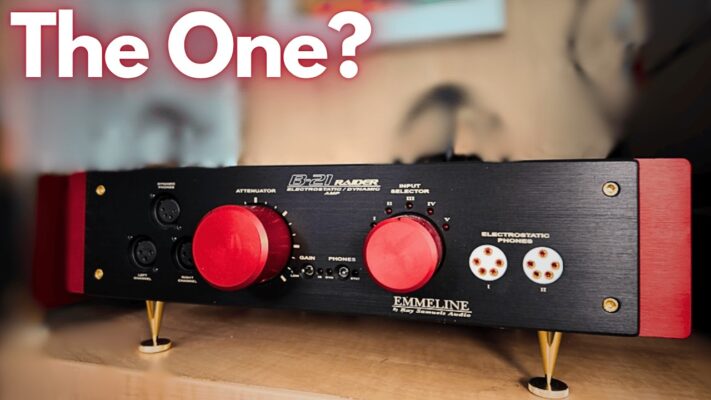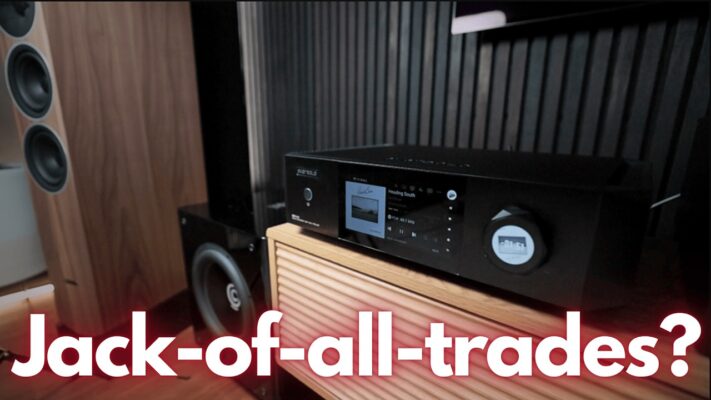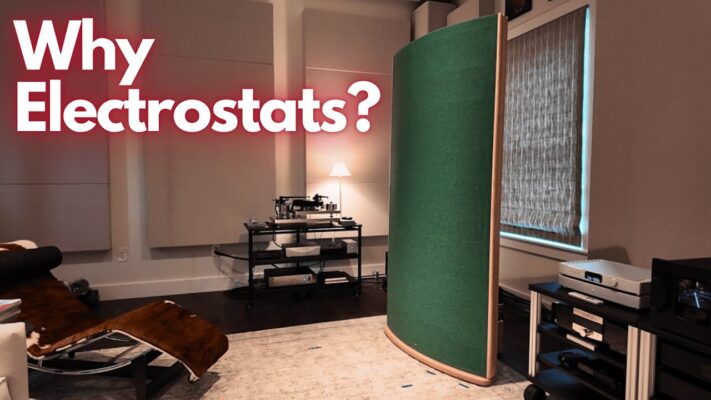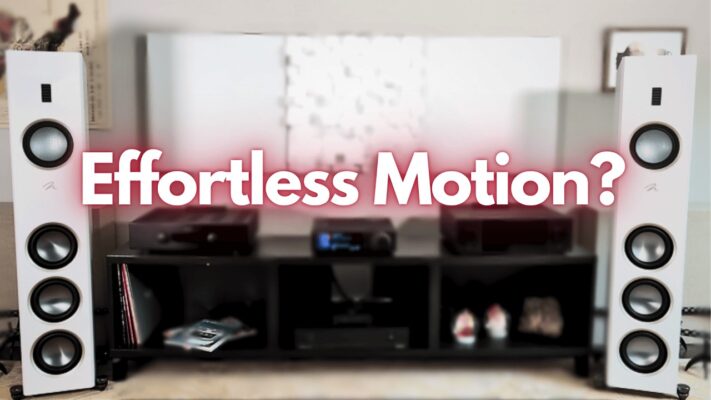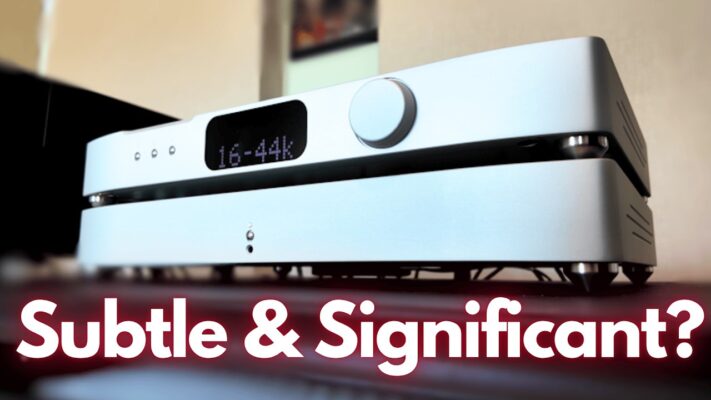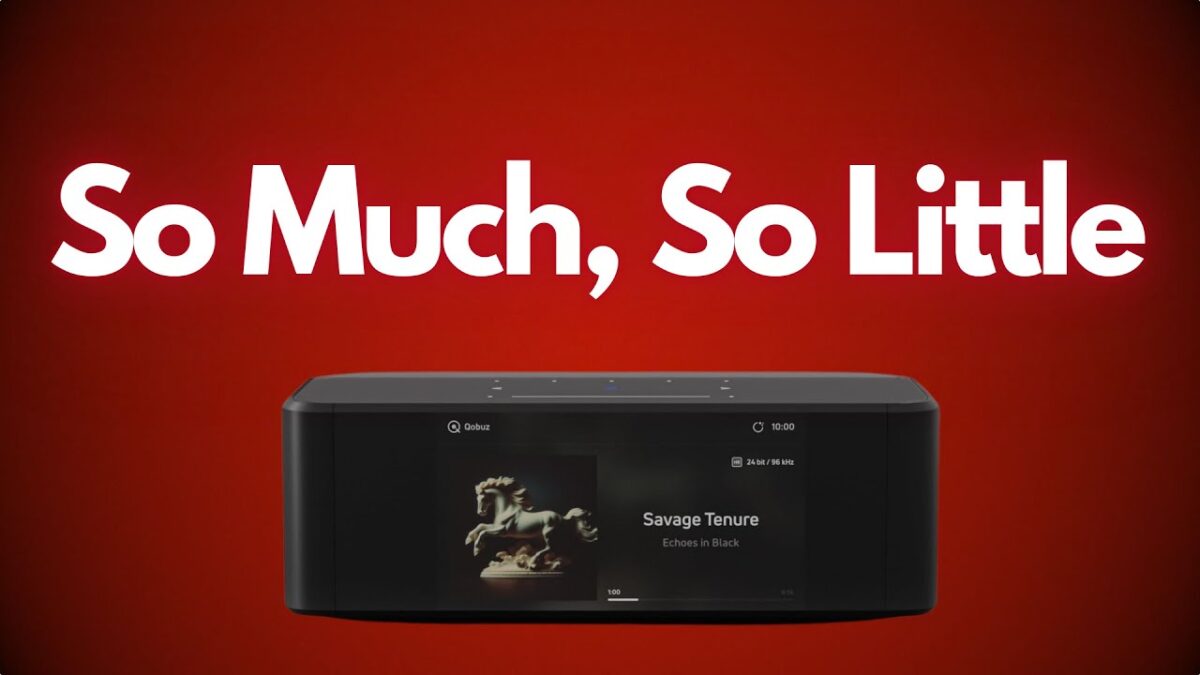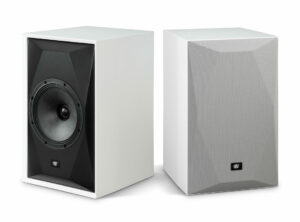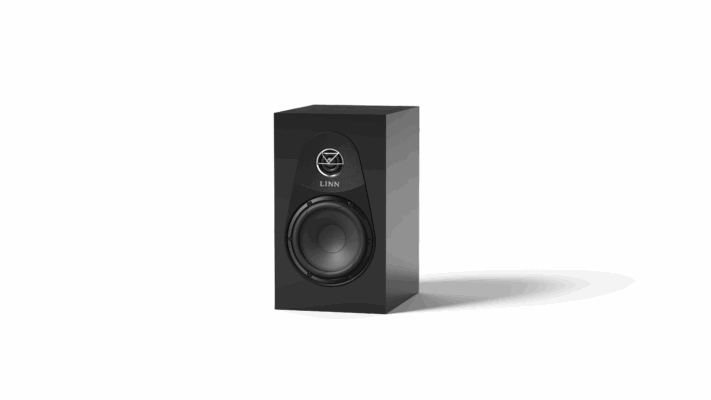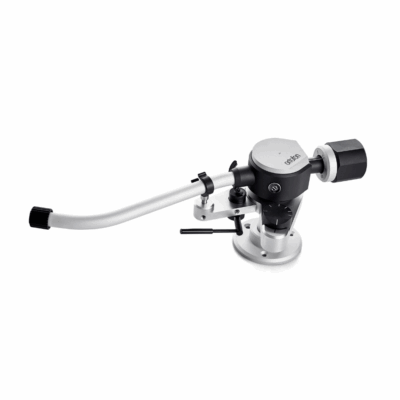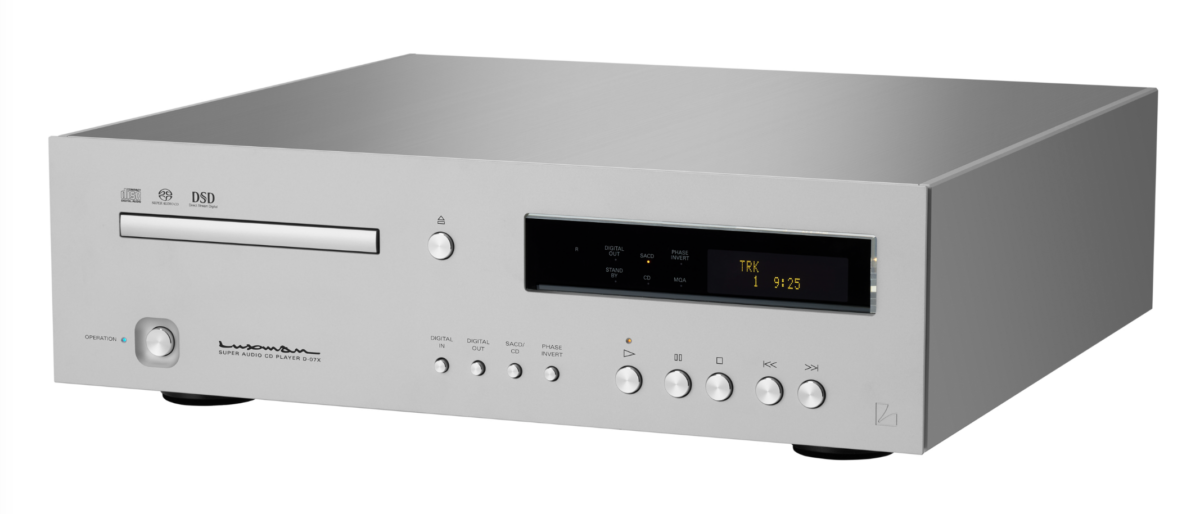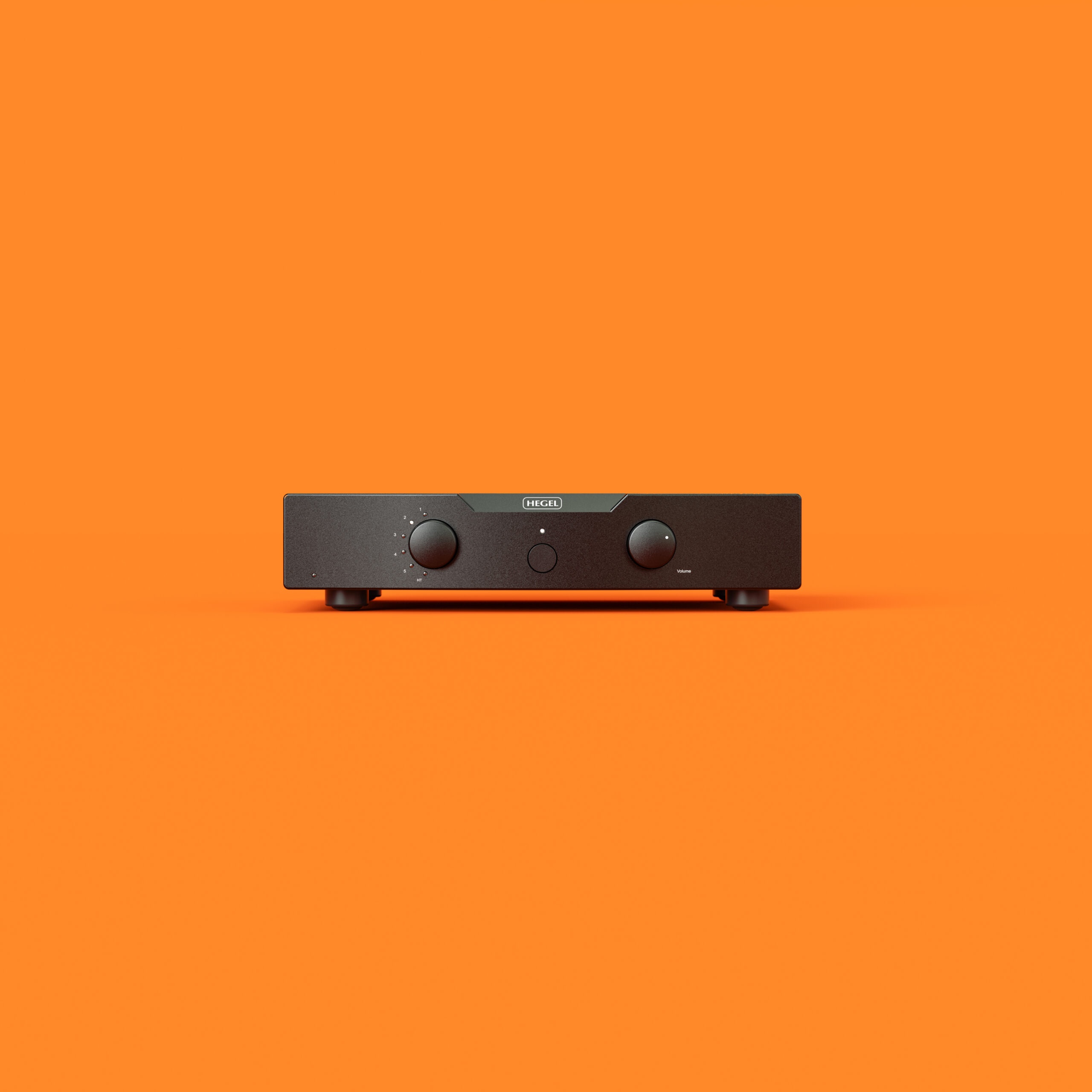
Hegel Music Systems has been producing audio gear since the early 1990s. All of it comes from the mind of chief designer and founder Bent Holter. A musician and a DIY electronics buff from an early age, Holter has always merged music and technology in his products and his life. Armed with a master’s degree in science from Norway’s technical university in Trondheim and an understanding of how transistors work at the molecular level through his studies in semiconductor physics, Holter sought to reduce distortion in audio circuits by avoiding traditional negative-feedback loops. He wanted to find a better way.
His SoundEngine technology is at the heart of every Hegel product. It uses feed-forward error correction. Feed forward is not new; it was supposedly first developed as a theory in 1928 by H.S. Black. It apparently did not catch on in audio amplifiers until 1980 when Sansui demonstrated its efficacy to members of the Audio Engineering Society at a convention in London. Holter has his own take on feed forward and holds a patent accordingly. (To learn more about how SoundEngine works, please see the YouTube video: www.youtube.com/watch?v=BOo-kCfEuAY. It shows Holter explaining the differences between a typical negative-feedback loop vs. his SoundEngine feed-forward circuit. There are video quality problems, but it is still good to watch a designer discussing his own invention.)
So, what we have under review here are Hegel’s top-of-the-line, solid state, analog-only P30A preamp and its matching solid-state Class AB H30A power amp ($8995 and $18,995). I have used the original P30 and H30 as secondary references for several years now. Editor-in-Chief Robert Harley reviewed the original H30 power amp in Issue 223, quite favorably. His concluding remarks included this: “The sense of timbral realism and palpability was world-class by any measure. Moreover, it’s difficult to overstate just how greatly these qualities induced a sense of ease and deep musical involvement.” I can confirm those qualities are taken to an even higher performance level in the new models, along with other important improvements.
I will discuss some of the technical aspects of both units later—as well as some of the differences between the original and the new versions—but since we are on the subject of sonic performance, allow me to continue along those lines. Let me just say, upfront, that the P30A and H30A combo is simply a joy to listen to. I relished my long listening sessions with the Hegels. I would inevitably go beyond my allotted time to check various sound quality cues as a reviewer, simply because I would let the recordings continue beyond my normal “test passage.” I had reviewer work to do, but the Hegels kept me listening.
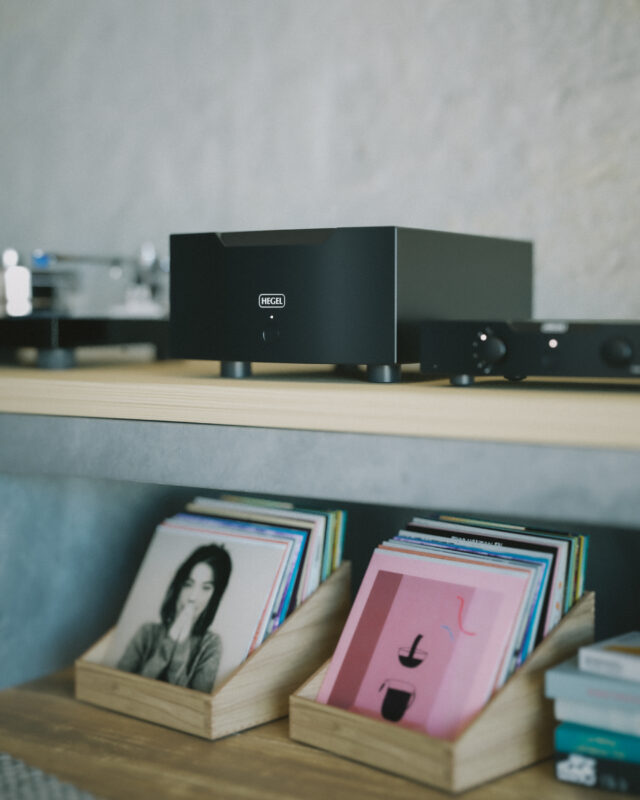
While I was auditioning in the early stage, the single-word summation that came to mind was “clean.” I don’t mean a sound that can border on antiseptic or clinical or dry. Just beautifully clear, low-noise, flowing music. The combo has such a low noise floor that it was a bit surprising—and wonderful, of course—to hear familiar music with such ease and “musical flow” from a combo that did not cost a fortune. Some “high-resolution” gear imparts a kind of crispness or sizzle to the music. I think I have partially bought into that character as a positive attribute. I also had surmised that some of that electronic sizzle is often just part of the recording chain or part and parcel of high-end playback in general. The Hegels challenged my thinking and reminded me that high resolution and musical beauty are not incompatible. In some ways, the Hegel pair sounds more like live music than many other high-end pre/power combos—especially solid-state ones. Their “easy resolution” reveals lots of information in recordings, but details are not shoved in your face (or ears). Of course, a lot of output power also helps enhance listening ease, especially with difficult-to-drive speakers. The H30A delivers there, too.
The H30A power amp has 305 watts per channel on tap in stereo mode (1100 in mono) into eight ohms and 599 watts into four. When it comes to power delivery and dynamic stability, it is as calm an amp as I have had in my system—and I have had some 450- and 500-watt (8-ohm spec) bruisers in house. Nothing perturbed the H30A while driving the excellent YG Sonja 3.2 (review in the works). The amp had power to spare. As you would expect from such a powerful amp, the bass is robust and commanding. Big music is served well. A feeling of weight and substance is conferred in playback. It can be thrilling to get the kind of corporeal, feel-it-in-the chest impact the H30A and Sonja 3.2 impart.
Along the lines of “clean as well as musical,” Hegel reinforced what I encountered with the much more expensive Constellation gear I had reviewed in 2019: the Revelation Series Pictor linestage and Taurus monoblock power amplifiers—current pricing $32,500 (with power filter unit) and $57,000/pr. They, too, upended the “resolution vs. musicality” dualism. The Constellation combo was fabulously transparent and revealing of fine details as well as musically enjoyable across a wide range of recordings. Similarly, the Hegel combo revealed plenty of sonic information but didn’t sound stilted or forced. I could hear deeply into soundstages, and the music seemed to “make more sense” as artistic expression.
With the new Hegels, decays lasted longer, and leading edges had finer gradations compared to my reference Ayre K1xe preamp and Gamut M250i mono amps (both no longer available). I heard musical lines and instrumentation details that I had not noticed before. The Constellation combo had “peer into the recording” transparency that the Hegel combo probably can’t match (going by memory), but the Constellation gear costs over three times more. My reference pre/power combo also has fairly high resolution, but the Hegels’ ability to track multiple, differently timed events, as they unfold on their own timing trajectories, simply outpaced my reference combo. My combo also could not portray soundstage depth as well as the P30A/H30A did. The Hegel pair cost about $6000 less than my Ayre/Gamut units when I bought them several years ago (and they would surely cost more now). Yes, my Ayre/Gamut set represents older technology, but plenty of other newer models have not sounded better in my system.
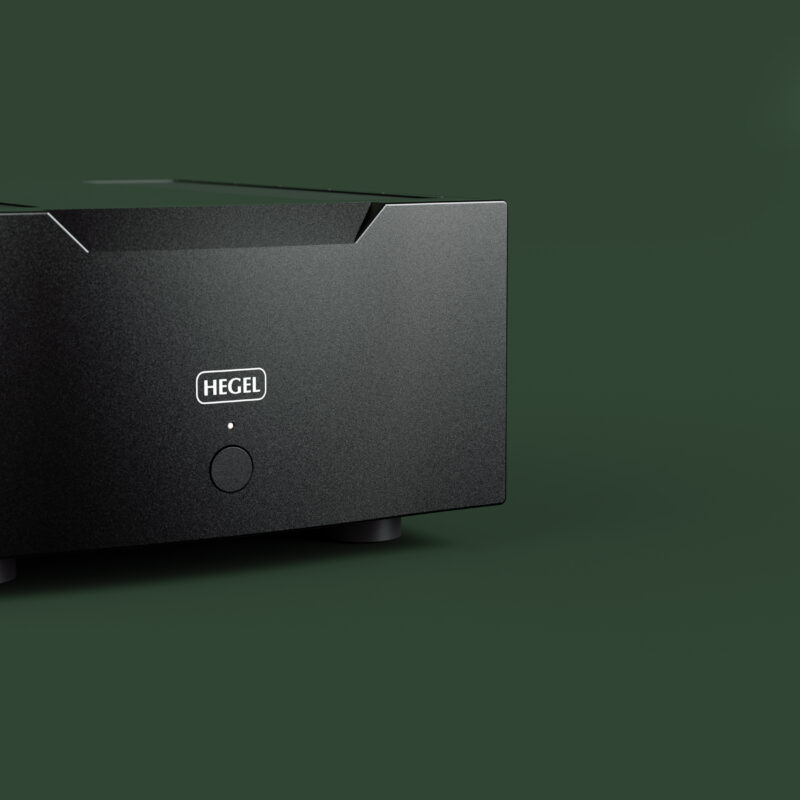
The Hegels always brought my attention back to the music, not audiophile checklists. I got really swept up in the longing and passion of “Io piango” an acapella work for choir from Morten Lauridsen’s Madrigali [Layton/Hyperion]. The pathos was communicated vividly through the Hegels. On Radiohead’s self-released album In Rainbows, the “All I Need” track sent me into “eyes-roll-back” ecstasy after the song shifted to its concluding theme and drummer Philip Selway came in with shimmering cymbal work at about 2:55. On lesser systems, that cymbal sound can come across as hashy and a bit gritty, thus detracting from its musical impact. A recording can intentionally have a gritty cymbal sound, of course, but the playback system should not also add its own gritty noise on top of it.
Throughout my listening sessions, I never felt bored because the Hegel pair were masking details or lacking in rhythmic drive. On the contrary, I found the Hegels amply portrayed details—not in a hi-fi “look what I can do” way but in a musically integrated one. The Hegels also have an appealing dynamic verve that kept the music skipping along. All kinds of music remained interesting. I will say, if you are used to your music playback on the crisp, transient-snap-favoring side of things, you might find the Hegel pair to sound a tad controlled. I hear it as a lack of added electronic sizzle, but others might hear it differently. The Hegels carry a sense of speed and attack quite well. They just don’t scream dynamic cues at you. Caveats? Well, the amp is a huge brute at 104.5 pounds and 17″ x 9.4” x 25.6”, and I think the preamp should have three XLR/balanced inputs instead of two. Nit-picky? Admittedly, yes.
The soundstage is huge—on par with the overall size conjured by the considerably more expensive Constellation Revelation Series set I mentioned earlier. In my setup, the soundscape could (per recording) extend well outside the speakers laterally, about six feet behind the speakers and about two feet above them. It was not unusual for the whole front third of my listening room to be filled with a soundscape, with the speakers seemingly evaporating into that area of the room as sound sources. In one case, I heard a repeated musical element (probably a hand-cupped whistle of some kind) that originated from the middle of the soundstage and then continued over to the side of the room directly across from my right ear (Dead Can Dance “Song of the Stars” [Spirit Chaser, 4AD]). Individual images had a sense of weight, substance, and roundness, not merely partial relief outlines. I heard depth layering, especially on classical recordings—that was quite like a very fine tube amp. A lot of this sort of soundstaging comes from an entire system functioning well enough to make it happen, not just the contributions of a preamp and power amp. Even so, the Hegels enhanced my system’s soundstaging and integrated with my system beautifully.
A key aspect of both the P30A and the H30A that contributes to their evocative musical appeal is their extended and refined high-frequency presentation. The Hegels’ upper end is just lovely: clear, smooth, and refined, like a great tube amp with an extended upper end, not a stereotypical rolled-off tube sound. Hegel has a long-standing knack for producing solid-state gear that has many of the positive attributes of tubes. A lot of electronic noise in amplifiers is most audible in the midrange and upper frequencies. Reduce that noise, and you should end up with cleaner, less strident results. When I can hear deeply into a recording and do not hear a hashy or etched quality, I surmise that the gear I am listening to is on the right track. Some of the more expensive, high-performing solid-state equipment I have come across also have this “details with musicality” quality, like the Constellation gear I mentioned. The great news is Hegel offers a fair amount of that experience at substantially lower prices.
On a personal level, I am encouraged by what Hegel is doing in a market that seems to be racing toward ever-higher pricing, almost as if higher prices provide some perverse bragging rights. With Hegel gear, you get smart innovative engineering aimed at delivering the best possible sound quality at reasonable prices, not cosmetic bling. Hegel’s aesthetics are understated and functional. I identify with Hegel’s apparent priorities in this regard and find the styling to reflect humble Scandinavian sensibilities. I would rather pay for good sound than beautiful case work.
Let me address some of the technical elements, after which I will comment on the sonic differences between the original P30/H30 and the newer P30A/H30A combos. First, the fully balanced P30A preamp is a complete redesign from the original—other than the front-panel controls and the back-panel layout. The internals are all new. Short signal paths were a priority in both units. (Please see the Specs & Pricing section for input and output details.) Hegel’s VP of Sales & Marketing Anders Ertzeid offered this about the P30A: “We use a whole new volume attenuator system: a digitally controlled analog volume attenuator, and this is really where the magic is.” And further: “Tweaking and working on this bit of the preamp took a long time. Both in back/forth listening and measuring but also as a learning experience.” The preamp’s input stage uses just two hand-matched—apparently by Holter himself—SuperTex FETs. The power amp also has a new input section—also with just two FETs, but it gets “hand-matched Siliconics transistors.” The output section has 56 “15A, 200W, high-speed, ultra-low-distortion bipolar transistors.” The power supply has two 1000VA toroidal transformers and 270,000μF in capacitance. The amp has lots of power reserves to accommodate demanding speaker loads and demanding music, and it sounds like it, too—rock-solid, robust, dynamically agile bass.
For those unfamiliar with Hegel’s SoundEngine technology (and can’t watch the YouTube video I cited earlier), here is some text from my TAS piece called “Visit to Hegel Music Systems in Oslo, Norway”: ”SoundEngine is Hegel’s feed-forward technology, which allows the output transistors’ operating parameters to be adjusted as the waveform continually changes its characteristics so that the crossover notch distortion at the ‘hand off’ between the positive-going and negative-going phases is greatly reduced, compared to most other typical Class AB amplifiers that set static operating parameters which cannot account for the changing conditions (bias, temperature-related flux, etc.).” Per Hegel, SoundEngine also increases dynamic range, damping factor (more than 1000 in stereo mode), and greatly reduces higher-order harmonic distortion.
Both the new preamp and power amp look very similar to their predecessors. The main visual difference is a subtle cosmetic upgrade in the form of a tasteful, beveled cutout in the top center of the new face plates. Thankfully, the new power amp has easier-to-use binding posts that replace the larger, wing nuts in the older version. The H30A and its forerunner were designed as mono amplifiers, but many are used as a single stereo amplifier. Per Hegel and to my surprise, a good many H30As are sold as mono pairs, even though the cost, size, and weight double by going that route. My experience with the H30 and H30A in my own system is solely as a single stereo amp. Both the pre- and power amp couldn’t be easier to use. They have straightforward knobs (input and volume) and buttons (on/off). Completely intuitive.
The old and new versions have a similar tonal balance. The newer models sound more extended and focused in the upper frequencies and give the impression of sounding closer to (although still just a hair warmer than) neutral compared to the older versions’ more apparent tilt toward warmth. The obvious sonic differences are in overall resolution, spatial realism, and dynamic precision. The new units fill in a notable amount of information that the older units soften or don’t quite flesh out as fully. Subtle details emerge with greater verisimilitude, like the way singers enunciate lyrics. Spatial cues like hall sounds become more readily apparent, soundstage depth is more lifelike, and individual images are more finely focused. Subtle dynamic shadings and leading edges of notes have finer delineation and are integrated into a more convincing musical gestalt. The level of “musical interest” is also higher with the newer models.
I suspected the original preamp was not quite as good as its partnering power amp when I first used them a few years ago, but I certainly cannot say the same holds true of the new pair. When I used the new P30A with my reference Gamut M250i monoblocks, I thought they complimented each other well in general with only a slight reduction of low-bass weight as a small compromise. When I paired the P30A with the H30A—its intended partner—the bass filled in nicely. In general, the P30A and H30A together amount to a performance result that is greater than the sum of their parts. Something bordering on magical happens when the P30A and H30A play together.
The common denominator across all Hegel products I have reviewed is low distortion without sounding analytical. The P30A and H30A have such low levels of noise riding along with the signal, and are so musically compelling, that I would happily live with them as my primary references. This is the first time a preamp and power amp priced lower than my long-standing references has outperformed them. That should tell you how highly I regard the P30A and H30A. I am unaware of any other solid-state combo that offers higher levels of sonic refinement, power stability, and sheer musical enjoyment in its price range. Bent Holter and the folks at Hegel have done a great job. Enthusiastically recommended.
Specs & Pricing
P30A preamp
Inputs: 2x XLR balanced, 3x RCA unbalanced, and one home theater
Outputs: 1x XLR balanced and 2x RCA unbalanced
Other connections: 3.5mm IR-direct jack, 3.5 mm 12V trigger output jack
Signal to noise ratio: More than 130dB balanced mode
Crosstalk: Less than –100dB
Distortion: Less than 0.005%
Intermodulation: Less than 0.01% (19kHz+20kHz)
Dimensions: 17″ x 3.8″ x 12″
Weight: 15.9 lbs.
Price: $8995
H30A Power Amplifier
Output power: 305Wpc (8 ohms), 599Wpc (4 ohms) in stereo mode; more than 1100W (8 ohms) in mono mode
Minimum load impedance: 1 ohm
Inputs: RCA unbalanced and XLR balanced
Speaker outputs: One pair of heavy-duty gold-plated terminals (spades or bananas)
Input impedance: Balanced 20k ohm, unbalanced 10k ohm
Signal to noise ratio: More than 100dB
Crosstalk: Less than –100dB
Distortion: Less than 0.003% at 100W into 8 ohm
Intermodulation: Less than 0.01% (19kHz + 20kHz)
Damping factor: More than 500 (mono) 1000 (stereo)
Power supply: 2000 VA dual mono, 270,000μF capacitance
Output stage: 15A 200W high-speed, ultra-low-distortion bipolar transistors (x56)
Dimensions: 17″ x 9.4″ x 25.6″
Weight: 104.5 lbs.
Price: $18,995
HEGEL AMERICA INC
Fairfield, IA
usa@hegel.com
(413) 224-2480
Associated Equipment
Analog Source: Basis Debut V turntable & Vector 4 tonearm, Benz-Micro LP-S MR cartridge
Phonostage: Simaudio Moon 610LP
Digital sources: Hegel Mohican CDP
Linestages: Ayre K-1xe, Hegel P30
Integrated amplifier: Hegel H390
Power amplifiers: Gamut M250i, Hegel H30
Speakers: YG Acoustics Sonja 3.2, Dynaudio Confidence C1 Signature
Cables: Shunyata Sigma V2 signal cables, Shunyata Sigma NR and Omega XC power cords
A/C Power: Two 20-amp dedicated lines, Shunyata SR-Z1 receptacles, Shunyata Everest 8000 and Typhon power conditioners
Accessories: PrimeAcoustic Z-foam panels and DIY panels, Stillpoints Ultra SS
Tags: PREAMPLIFIER AMPLIFIER HEGEL










